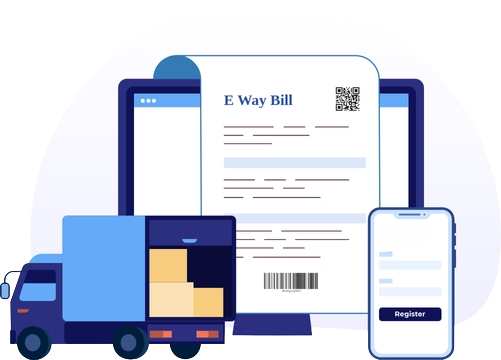Insight-Driven Profit Tracking for Consignments and Vehicles
Optimize Every Shipment. Maximize Every Mile.


- Identify profitable routes and customers
- Pinpoint unproductive vehicles
- Optimize resource allocation
- Control rising operational costs
Consignment-wise and Vehicle-wise Profit
Track Revenue and Costs at the Shipment Level
Consignment-wise Profit refers to the process of calculating profitability for each individual consignment (shipment) in the logistics business. It helps you analyze how much revenue a particular shipment generated and what expenses were involved in transporting it — such as fuel, tolls, loading charges, driver costs, and other overheads.
- • Understand which shipments are profitable and which are not
- • Spot underquoted or cost-heavy deliveries
- • Make better pricing and route decisions
A consignment from Hyderabad to Mumbai earns ₹10,000 in freight charges, but after fuel, tolls, labor, and admin costs (₹8,000), the profit is only ₹2,000. This visibility helps you evaluate whether to continue this route or adjust the pricing.
- • Consignment-wise profit tracking
- • Shipment-level cost analysis
- • Freight cost vs revenue
- • Cargo shipment margin analysis
- • Route-wise logistics profitability
Measure and Maximize Fleet-Level Profitability
Vehicle-wise Profit refers to the process of calculating profitability for each vehicle in a logistics or transport business — whether the vehicle is owned, leased, or attached (third-party).
- • How much revenue each vehicle generates
- • What expenses are incurred per vehicle (like fuel, maintenance, tolls, driver salaries, permits, etc.)
- • Whether the vehicle is making a profit or running at a loss
Optimize Fleet Usage and Maximize Return on Every Trip
- • Identifying underperforming vehicles
- • Improving fleet utilization
- • Making informed decisions about leasing vs owning
- • Planning driver incentives or cost reductions
- • Understanding cost-per-kilometer for each vehicle
- Know which vehicles deliver high-value loads
- Track cost per kilometer per shipment
- Spot low-profit clients or routes
- • Reduce operational waste
- • Improve fleet utilization
- • Maximize profit margins per delivery
- • Justify customer pricing
- • Improve financial control


